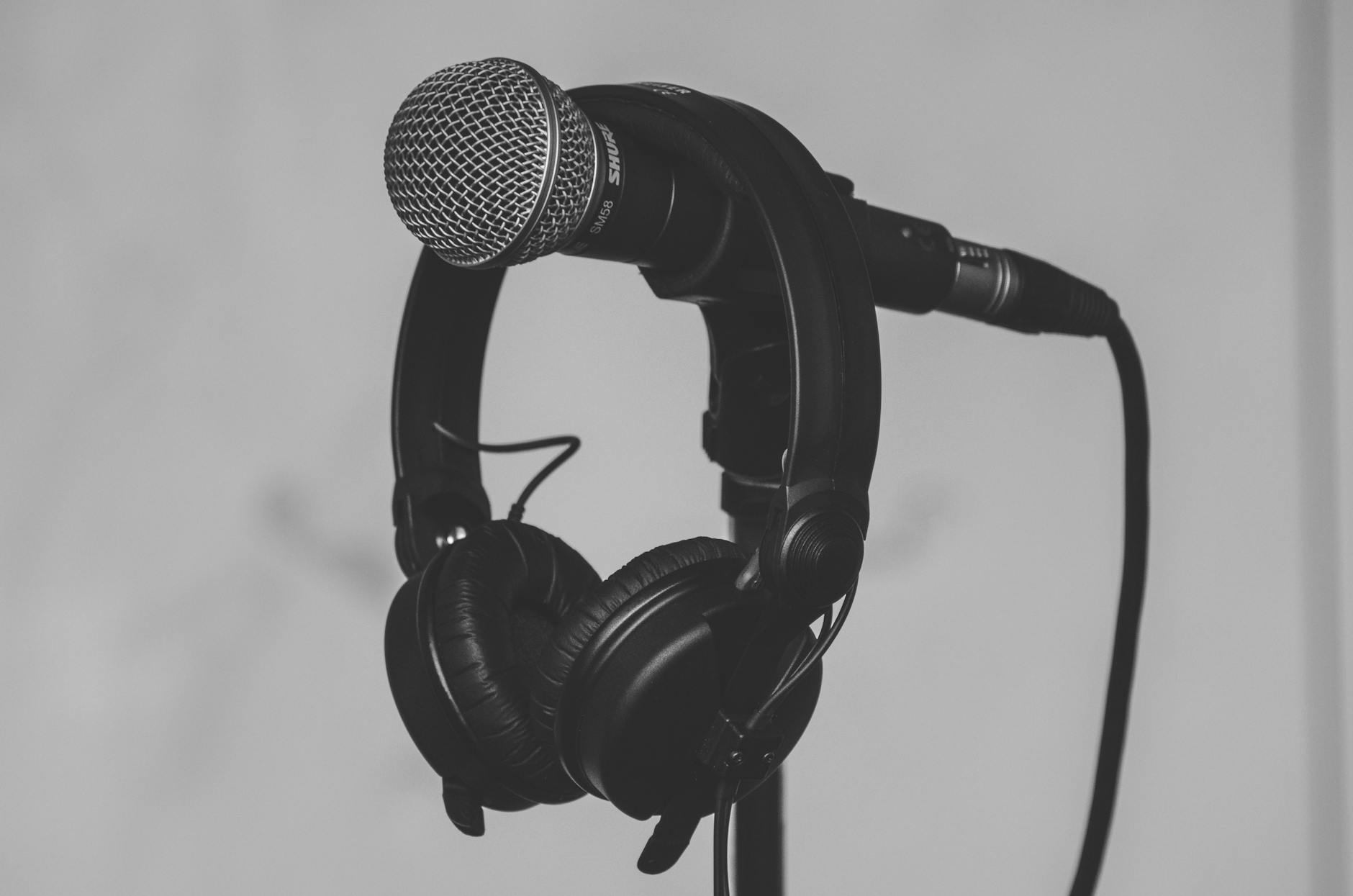Are You Missing Out on the Best AV Cables in Australia?

Identifying Essential AV Cables
Types of AV Cables
When it comes to selecting the right AV cables for a successful event, knowing your options is crucial. It’s like crafting the perfect coffee blend—each type of cable brings its own flavour to the mix. HDMI cables are the go-to for high-definition video and audio, while RCA cables serve their own role, often seen in specific settings like professional stereo systems. For an event that demands more from its installations, you might also consider mesh radios to boost connectivity. They offer a seamless interplay between devices, ideal for outdoor environments like the lush gardens of Fitzroy or vibrant Federation Square media hubs.
Key Features to Look For
What truly makes an AV cable stand out? Durability and flexibility are at the top of that list. You want cables that feel as sturdy as the foundations of the creative studios in Collingwood, yet flexible enough to adapt in real time. Something like an induction loop system could come in handy, offering impeccable sound quality and compatibility with hearing aids. When choosing the best cables, look for advanced shielding to minimise interference, a critical aspect when hosting in acoustically challenging venues.
Matching Cables with Equipment
Just like selecting the right professional microphone for each set piece, matching your cables to the equipment needs careful consideration. Whether you’re coordinating audio for a live act or ensuring crisp visuals for a digital art exhibition, ensure the cable capacity matches your device specifications. It’s not only about connecting equipment but creating a tapestry of experiences that resonate with both the audience and your event coordination prowess.
Choosing the Right Cable for Your Event
Indoor vs. Outdoor AV Needs
When I first encountered the world of cable selection, it reminded me of navigating the creative studios in Collingwood—a diverse array full of unique elements to consider. Choosing the right cables depends largely on whether your event is indoors or outdoors. For outdoor events, durability and weather resistance are crucial. Good quality shielding is needed to counter interference, particularly in open-air settings. Meanwhile, indoor events might prize flexibility and ease of installation over robust protective qualities.
Compatibility with Event Size
The scale of your event significantly influences the type of cables you need. Larger gatherings typically require cables that can transmit signals over longer distances without losing quality. This is where ptz cameras can come in handy for their ability to manage footage clearly from afar. For smaller, more intimate events, shorter cables often suffice, focusing on clarity and simplicity.
Adapting to Venue Layout
The sprawling venues remind me of pulling off successful gigs with bespoke setups in Southbank, where understanding the venue layout can make all the difference. Adaptability is key; choose cables that seamlessly integrate with your setup. Considering the antenna tracking system ensures your event's connectivity doesn't suffer due to obstructive venue architecture. It’s always about ensuring the tools you choose work in harmony with the space to deliver optimal quality.
Best Practices for Installation
Ensuring Secure Connections
In my experience with home entertainment installations, one of the most important aspects is to ensure secure connections. It's crucial to regularly inspect AV cables for any signs of wear or damage that might interfere with signal quality. When connecting your cables, make sure they click or lock into place, providing a stable and reliable connection. I often check the connections at each point to ensure everything is snug, reducing the risk of disconnection during critical moments, such as an event at a creative studio in Collingwood.
Cable Management Tips
Effective cable management not only enhances the aesthetics of your setup but also prevents accidents and extends cable life. I recommend using cable ties or Velcro straps to bundle your cables neatly. Consider labelling each cable to quickly identify them during troubleshooting or future adjustments. Using cable conduits can help organize cables while protecting them from harm. Keeping cables off the floor is another smart move, especially in high-traffic areas, to avoid accidents and ensure a clean, professional look.
Testing and Troubleshooting
Before any major event, I dedicate time to thoroughly test the AV setup. Start by performing a sound check and visual test to ensure everything functions as intended. If you encounter issues, refer to a checklist to systematically troubleshoot and resolve them. Often, issues arise from loose connections or cable incompatibilities, which can be quickly resolved. Through these measures, you can guarantee a seamless experience for your audience, leaving them inspired by the flawless execution of your AV setup.
Overcoming Common Challenges
Handling Adverse Weather
Dealing with Melbourne's fickle weather during outdoor events is an absolute challenge, deeply resonating with my own experiences as an event coordinator. The sudden shift from sun to rain can put a damper on any meticulously planned occasion. Ensuring robust paging systems and audio equipment is crucial. Using weatherproof casing or tents can protect essential components from rain or harsh sunlight. It's a lifesaver to have backup power sources handy—trust me, nothing is more stressful than a power failure mid-event. Additionally, employing wind-resistant microphones and speakers can help maintain sound quality even in gusty conditions.
Managing Last-Minute Changes
In the world of event coordination, last-minute changes are the norm rather than the exception! Quick adaptability can make or break an event. From rescheduling setups to improvising stage layouts, one's capacity to remain calm and resourceful is imperative. Mobile devices loaded with event planning apps can quicken communication and broaden flexibility, enabling instant updates for staff and attendees alike. Keeping a modular setup with easily adjustable equipment is optimal for seizing opportunities without stress.
Preventing Technical Failures
Mitigating technical failures requires proactive planning, alongside incorporating high-quality, reliable gear. Routine equipment checks and pre-event tests help identify budding issues early. Developing a comprehensive checklist, which includes checking cable connections and testing all components, bolsters confidence in the seamless execution of AV systems. Exchanging anecdotes and solutions with colleagues at creative hubs like those in Collingwood further enriches one’s strategies to stave off any technical shortcomings.
FAQs on AV Cable Usage
Clearing Misconceptions
Let's tackle a few myths right from the bustling heart of Federation Square, where top media hubs remind us that not everything in AV is daunting. One common misconception is that all AV cables are the same. Well, my years working in creative studios in Collingwood have taught me that HDMI and VGA cables, for instance, serve diverse functions. HDMI is your go-to for high-definition home audio visual wiring needs, like streaming your favourite shows. In contrast, VGA, though older, might still charm its way into your setup when you’re dealing with legacy equipment at smaller gigs.
Answering Popular Queries
The frequently asked questions tend to hover around compatibility and getting the best quality. Many have asked, when you’re hiring gear from Southbank's vibrant film equipment shops, how do you ensure your new gear works seamlessly with your old setup? The trick is straightforward: always check the ports on both ends. If your projector only has HDMI ports but your laptop is stuck on VGA—fear not! Grab a reliable adapter, and you'll be AV-ready in no time.
Tips for Beginners
For those stepping into the AV game, here’s a nugget from someone who’s wrestled with it all: patience beats expertise. When testing connections for an event at a breezy Melbourne rooftop or intimate gallery, keep backups of essential cables. In my early days, assuming all gear would work flawlessly was my rookie folly. Remember, an extra set of av cables is your best friend in acing AV coordination with grace and confidence.


